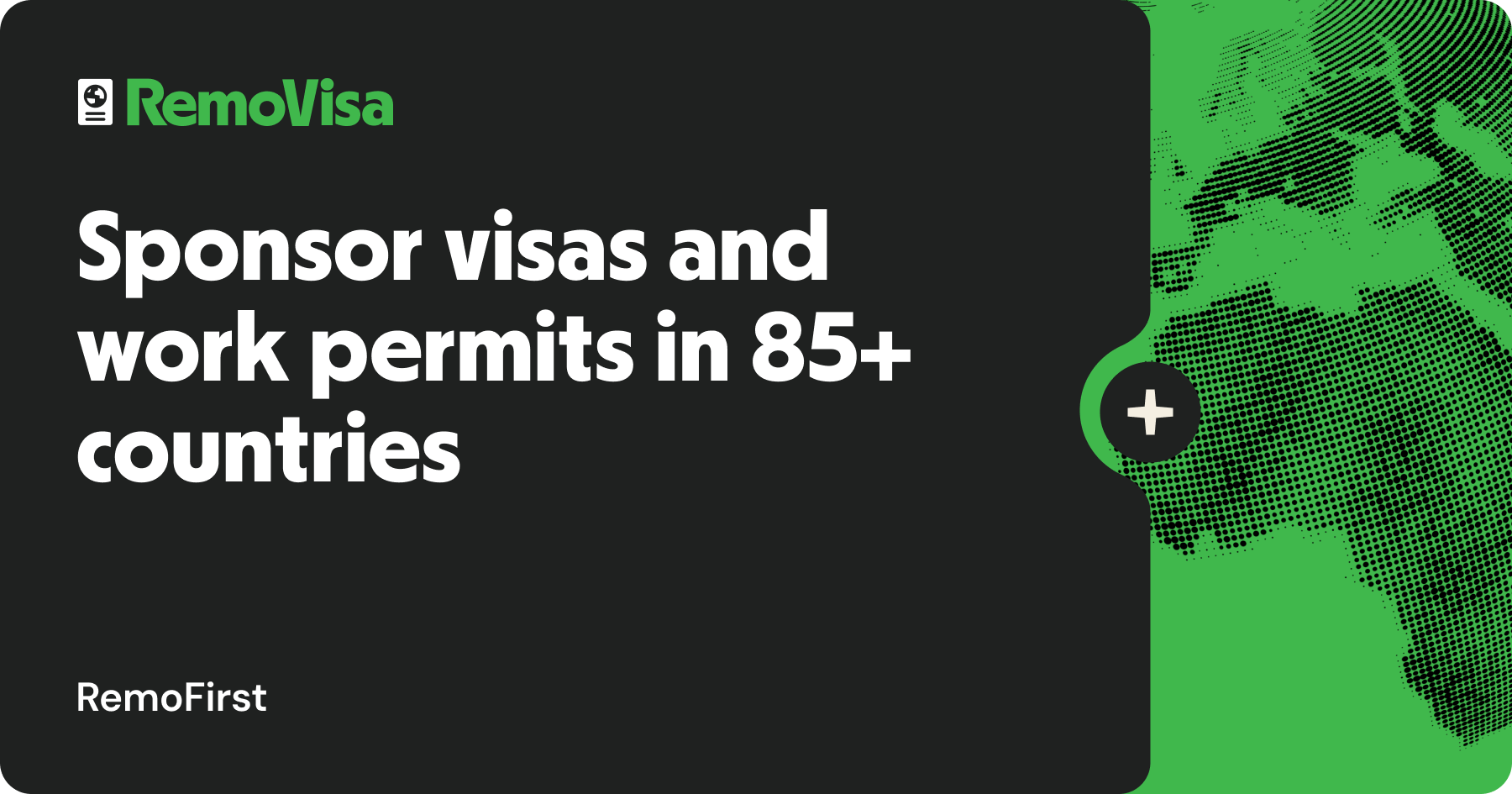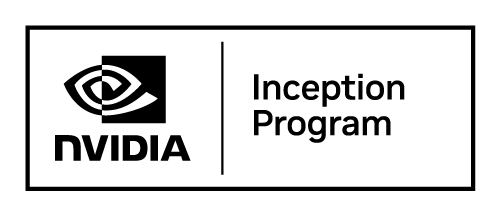The integration of artificial intelligence into human resources is happening, and the early movers are teaching us critical lessons about what works, what doesn't, and where the real value lies. While headlines focus on AI's potential to automate entire jobs, the more nuanced reality unfolding across HR departments reveals something different: AI is transforming tasks, reshaping hiring workflows, and fundamentally changing where HR professionals add value.
By examining real-world implementations from 2025's most innovative HR companies, we can extract practical lessons that go far beyond the hype. Here's what's actually working and what it means for the future of people operations.
AI in HR example 1: Start with the pain points everyone feels
Gusto built an AI assistant named Gus, powered by OpenAI's API, that answers complex compliance and payroll questions like "How much overtime pay do I owe my employees who work in California?" or "What kind of paperwork do I need to complete to onboard my new employee in Texas?" The tool targets the 99.9% of U.S. businesses classified as small businesses, where a compliance mistake can mean crushing fines and where HR departments are often a team of one.

What this teaches us:
Don't start your AI journey with the most sophisticated use case. Start with the questions people actually ask dozens of times per week. Gusto didn't try to reinvent performance management or build predictive turnover models. They tackled the repetitive, high-stakes compliance questions that cause anxiety and consume hours.
This is "Level 1" automation in action: drafts, admin tasks, and self-service queries that free humans from low-value work. The lesson? Map your top 10 most repetitive HR workflows, identify which ones cause the most friction, and automate those first. Quick wins build momentum and buy-in for more ambitious projects later.
AI in HR example 2: AI can make benefits personal at scale
Cleo launched a Cancer Care product that connects users with cancer prevention, screening, diagnosis, treatment, and monitoring services, while also providing mental health support for caregivers. The company estimates it can save a company with 10,000 employees $158,059 in costs for employees fighting cancer.
What this teaches us:
Personalization isn't just for customer experience. It's the next frontier in employee benefits. AI can analyze individual circumstances, family situations, and health risks to surface relevant resources at the exact moment someone needs them, rather than burying them in a benefits portal no one reads.
The broader implication: apply the same AI logic used in consumer apps to employee journeys. Whether it's learning paths, career development, or benefits navigation, AI can deliver "segment of one" experiences that previously required armies of HR business partners. The value shifts from distributing information to providing the right context at the right time.
AI in HR example 3: Recruiting is now an arms race and you need to compete
Findem developed a AI recruiting tool that lets HR professionals ask questions like "Can you show me CFOs at U.S. companies owned by PE firms who took a company from a negative to a positive operating margin?" ZipRecruiter launched ZipIntro, which uses AI to automatically connect employers with candidates for face-to-face video interviews at pre-selected times.
What this teaches us:
Candidates are already using AI to mass-apply to jobs and tailor resumes at scale. The volume of applications is up 10-20% across most industries, but quality isn't rising proportionally. If you're still manually screening resumes or scheduling interviews, you're bringing a knife to a gunfight.
The response isn't just filtering tools. It's using AI to find true signal in the noise. Findem's natural language search and ZipRecruiter's automated matching are teaching us that the future of recruiting is about speed and precision. Candidate screening software like Truffle are taking this further by helping teams surface hidden gems in candidate pools and reduce unconscious bias in screening processes. Companies that instrument their recruiting data (linking interview signals to first-year performance outcomes) will develop an unfair advantage in predicting quality of hire.
AI in HR example 4: Automate decisions, not just tasks
Paycom's Gone tool automates time-off request approvals based on customizable criteria set by managers. One auto dealership using Gone for 500 employees saved approximately 200 hours, while a retail client automated more than 1,000 decisions across 100+ stores.
What this teaches us:
The next wave of AI in HR isn't about speeding up existing processes, but about removing the need for human decision-making on routine matters entirely. Time-off approvals, expense authorizations, policy exceptions within defined parameters are all candidates for full automation.
This is where HR begins to architect systems that make decisions at scale rather than just answering individual questions. The role shifts from being the decider to being the system designer: setting the rules, defining the exceptions, and monitoring for fairness and consistency.
Critical caveat: This only works when you have clear, consistent criteria. If your policies are fuzzy or applied inconsistently, AI will either break or encode your existing biases. Clean up your rule sets before you automate them.
AI in HR example 5: AI makes global scaling possible for small teams
RemoFirst launched RemoVisa, a visa and work permit service available in 85+ countries, handling entire visa applications while ensuring compliance with local immigration laws. Every expanded its Employer of Record program to support hiring full-time employees in more than 100 countries.

What this teaches us:
Previously, remote interviewing required armies of specialists versed in local labor laws, tax codes, and immigration processes. AI-powered platforms are compressing that expertise into automated workflows, making global teams accessible to startups and mid-sized companies.
The lesson extends beyond international expansion: AI lets small HR teams operate at the scale previously reserved for enterprises. Whether it's multi-country payroll, benefits administration, or compliance tracking, automation is erasing the correlation between team size and operational capacity.
For HR leaders, this means the conversation shifts from "can we afford to do this?" to "should we do this?" You gain strategic degrees of freedom, but you also need to develop the judgment to deploy them wisely.
AI in HR example 6: Training needs to be immersive, not transactional
Attensi launched RealTalk, which lets users practice conversations with generative AI-powered virtual humans. The tool navigates trainees through guided role-playing dialogues before allowing them to practice in free-form mode, with live feedback and benchmark scoring.
What this teaches us:
The days of compliance training as a checkbox exercise are ending. AI enables scenario-based, adaptive learning that responds to how someone actually performs, not just whether they clicked through all the slides.
More broadly, this points to AI's role in developing softer skills—difficult conversations, negotiations, customer interactions—that resist traditional training methods. You can now give someone 100 practice conversations with an AI before they have a high-stakes dialogue with a real person.
For HR teams building learning programs, the implication is clear: shift from content delivery to skill development. The AI handles the repetitions and feedback loops; you design the learning architecture and measure outcomes.
What all this means for HR leaders
These examples reveal a common pattern: AI is most successful when it augments human judgment rather than trying to replace it entirely. The value is moving from answering questions to architecting systems, from distributing information to providing context, and from processing transactions to enabling transformation.
The practical playbook emerging from these examples:
- Treat AI as a core HR competency, not an IT project. Embed someone with prompt engineering or AI skills directly in your HR team, even if part-time from R&D or data teams.
- Start with orchestration in mind. As multiple AI agents proliferate across tools, employees will quickly tire of juggling five different bots. Design for a single entry point, even if the back-end remains multiple specialized systems.
- Build guardrails first. Create your red-lines document covering data privacy, bias checks, and human-in-the-loop requirements before you deploy. It's easier to loosen controls than to fix a trust breach.
- Upskill through doing. Run monthly sessions where internal tech teams teach HR teams about new AI capabilities. Build literacy through hands-on experimentation, not just static training courses.
- Measure what matters. Don't just track efficiency metrics (time saved, tickets closed). Measure whether you're freeing people for higher-value work like coaching, strategic planning, and analytics.
Takeaways on AI in HR
AI shifts HR's value from answering questions to architecting systems that make better decisions at scale.
The companies leading this transformation aren't chasing every shiny AI object. They're identifying specific pain points, deploying targeted solutions, and learning fast. They're also being honest about what AI can't do. It can't replace human judgment in complex situations, it can't navigate ambiguity without human guidance, and it can't build the trust that still sits at the heart of great people operations.
The question isn't whether AI will transform HR. It already is. The question is whether your HR function will lead that transformation or be swept along by it. The examples above suggest a clear path: start practical, think systematically, build guardrails, and keep humans at the center of the work that truly matters.



